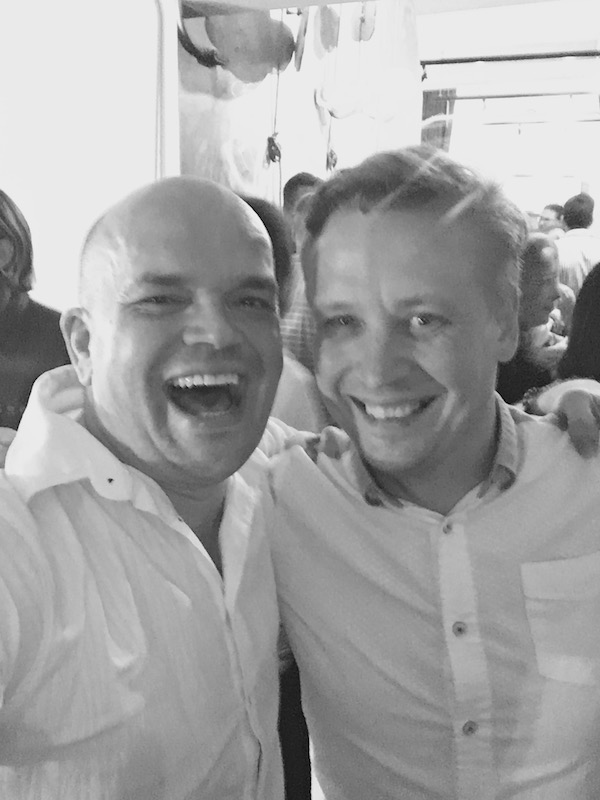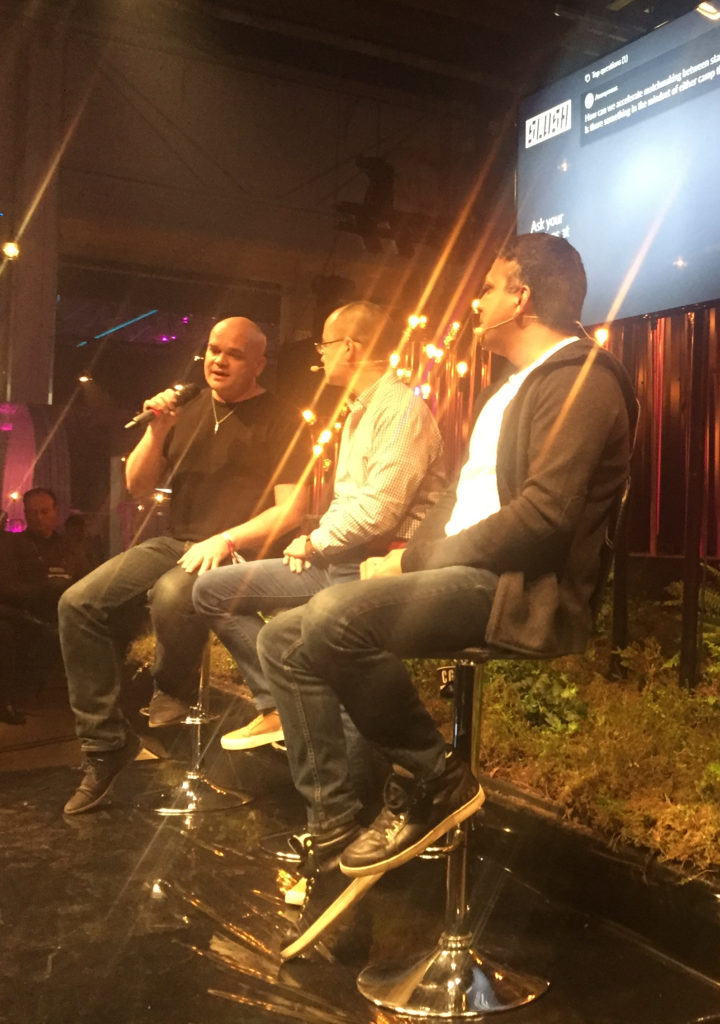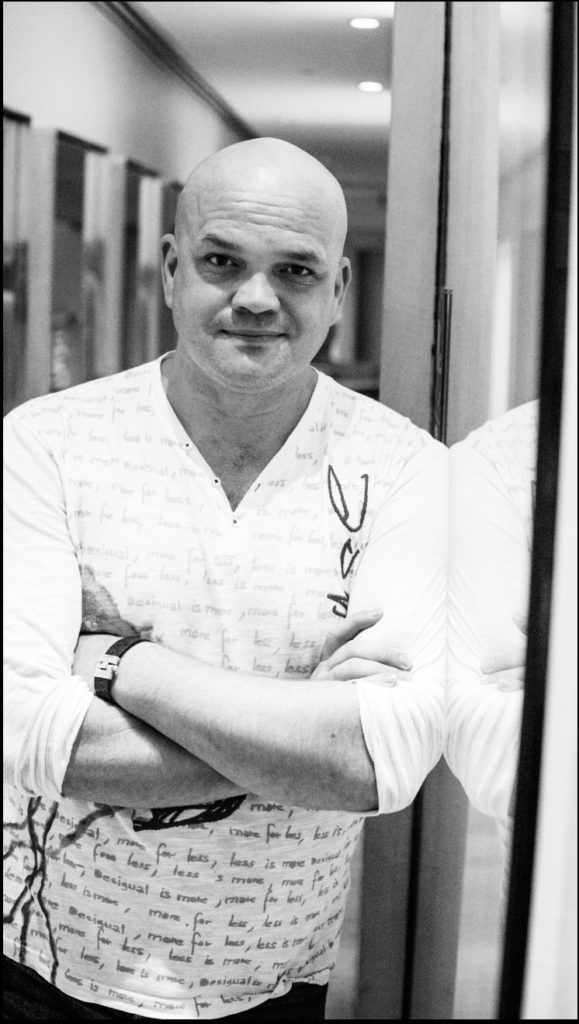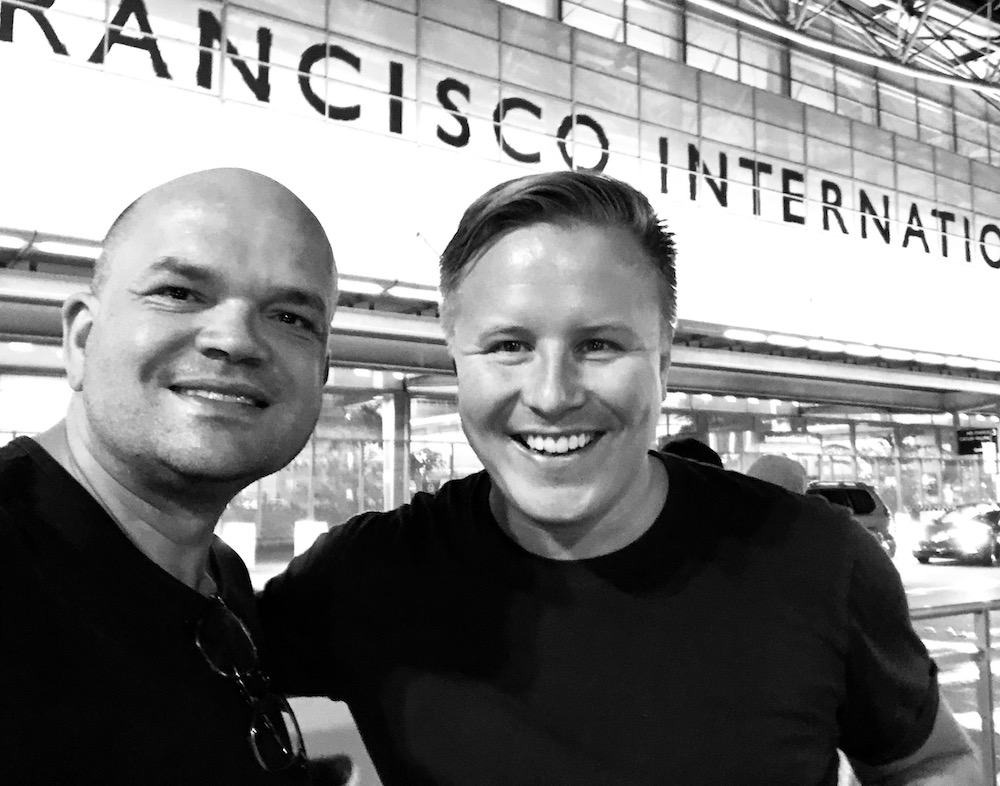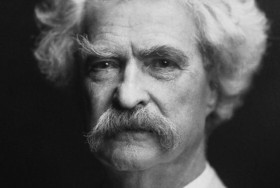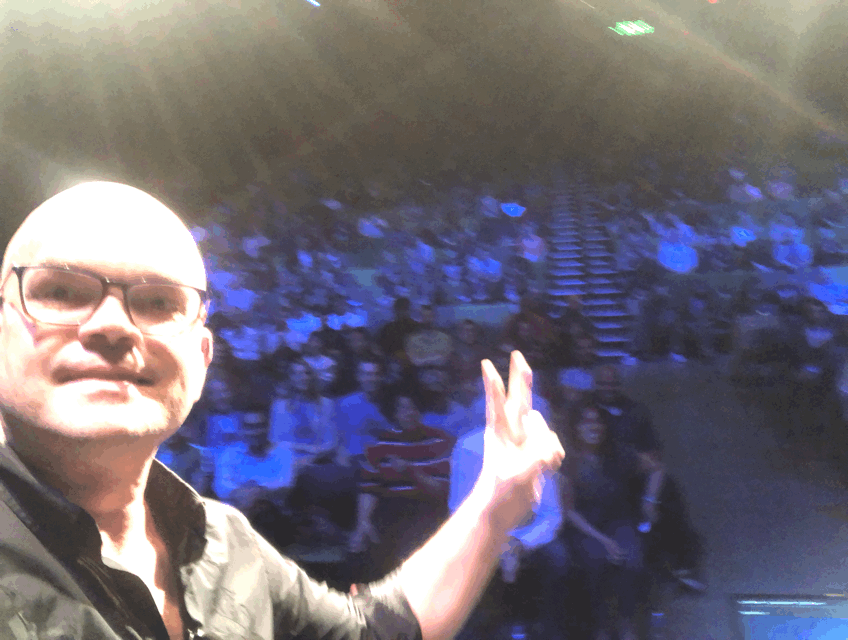
The Visionary dreams big and leaps forward without any assurances that he or she is on the right path. Our cultural icons – da Vinci, Einstein, Edison, even Jobs – can seem superhuman and clairvoyant. But Visionaries are also mortal, and must fight to preserve their unique insights when others don’t quite “get it” yet. This archetype is far more prevalent in business than we might think. They’re defined by a boldness to embrace the future, and the rest of us would do well to learn from them. Meet Risto Lähdesmäki, a Finn with a love of art and design who might have been a teacher had he not recognized long ago that his talent would best be directed toward these little mobile devices we’d all soon be clutching in our hands.
[Below content is excerpted from The Entrepreneur’s Faces, © 2020 by Jonathan Littman and Susanna Camp. All rights reserved.]

Risto Lähdesmäki’s Awakening
Risto Lähdesmäki’s childhood hobby was playing with his Atari. He was born into a generation of young Finnish boys during the heyday of mobile phone giant Nokia, a coding-crazy culture that helped lay the foundation for top mobile and gaming firms, giving rise to a wealth of techies, graphic artists, and gamers. “When I was in seventh grade, for some reason I really had to have a computer. I learned coding,” recalled the Helsinki native. “It seemed as if I was literally 24/7, for two years, in front of my Atari 26-inch black-and-white screen coding in BASIC.”
Coding as a boy connected Risto with his talent for drawing and art. Born in 1972, Risto was coming of age at that seminal moment when PCs and Macs caught fire. At thirteen, he wrote and published a small computer drawing program. Music came naturally. He started playing in a band but lacked the right instrument. Girls seemed to favor guys who played keyboard, so Risto worked to earn enough money to buy one. He took on jobs as a freelance art director, creating logos and corporate graphics. He bought his first keyboard. Music was about taking chances, improvising. He learned to read music and play popular songs, but never “got much enjoyment out of playing someone else’s notes. Rather taking forks and improvising and playing.”
Inspiration came from a college professor who opened his eyes to the power of “expressing himself through art.” Risto was studying to be a teacher, and thought it a noble profession, but it wasn’t his path. He dropped out and plugged into the Mac and Internet revolution. By the mid 90s he was creating web sites for clients, loving how his interests dovetailed through art, web design and coding. Art and the computer interface were intertwined from the start, and it was natural for him “to get a first touch of human-centric design between the human being and computer through web pages.”
In the late 90s, Risto worked with an ad agency in Helsinki, and around the millennium it dawned on him that he wanted to be an entrepreneur. He didn’t like the term. He hadn’t set out to be one. He didn’t really have the background. No one in his family had forged their own path. He wasn’t even sure what it meant to be an entrepreneur. What he did know was that he “didn’t want to have to go and ask permission.”
Risto was one of those young men who grew into his good looks. Broad shouldered, with thick brows and a solid nose, he had the kind of face you didn’t forget. Risto had a knowing, puckish smile that exuded charisma, and a solid, novel idea. Art, design, and the computer came naturally to him. Risto wanted to connect that with deep research. A fresh understanding of users’ wants and needs. The term user interface was new to Finland, but it spoke to him: “I want to be on the screen, I want to be creating something beautiful, easy to use, useful on digital.”
Risto was intrigued by something sorely missing. The profession of user interface design did not yet exist, and he felt there was a larger opportunity to create a new kind of company. Not just randomly building web pages, but digging deeper into the fundamental opportunity of what was an inherently interactive and data rich new medium. And so, Risto began studying and observing computer users around the world, focusing on that one simple but critical element missing all too often between man and machine – empathy.
Next week: Uwe Diegel, The Evangelist
